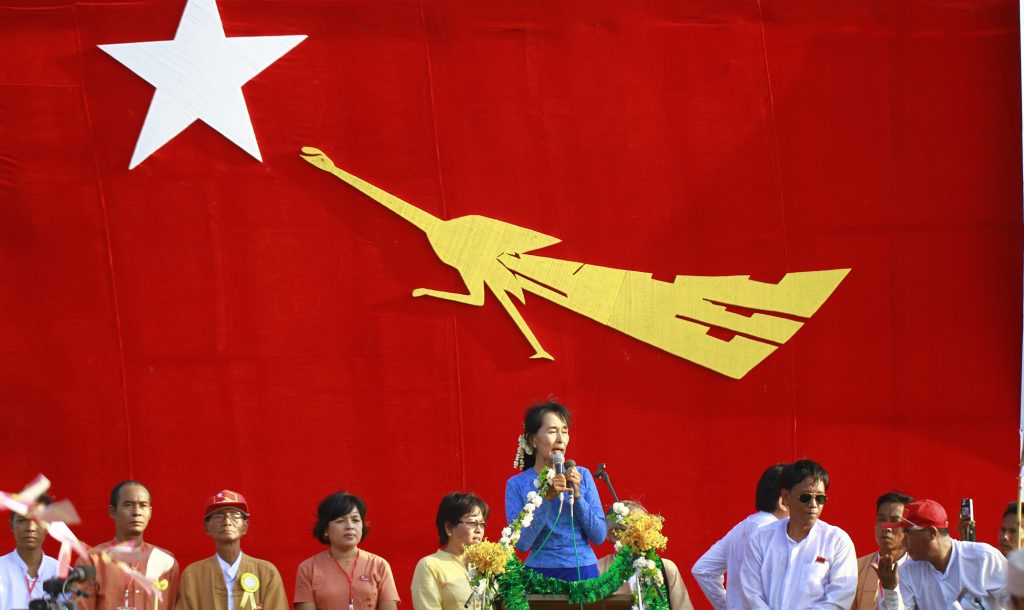This column was published in The Myanmar Times on Monday, 20 June 2016.
When I was first asked to write a weekly column about Myanmar political and social affairs, I jumped at the chance. The primary reason is that I think academic analysts should take part in public debate.
Strangely, this perspective is quite rare in today’s universities, where almost all social science publishing effort is devoted to high-prestige, peer-reviewed products. These certainly win kudos among other academics, but nobody else seems to care.
Instead, our highly polished publications end up locked behind fortified institutional pay-walls or priced out of reach in deluxe hardcover formats.
Even when these books and papers are accessible, they rarely relate to the immediate concerns of policymakers, journalists, officials or the ordinary taxpayer. A newspaper column, by contrast, might be read very widely and can deal with up-to-the-minute concerns.
The other reason I write for The Myanmar Times is that when I started researching the country, in the early 2000s, there was simply no prospect of a foreign academic being able to offer their frank assessments in the local media. Exile media obviously had plenty of room for interesting opinions, but even in its heyday The Irrawaddy enjoyed limited reach inside the country.
Today, from where I sit, no topic is off-limits. In my columns, I have dealt with some of the big controversies of the age: the outrageous treatment of the Rohingya, retired Senior General Than Shwe’s sad legacy and Daw Aung San Suu Kyi’s limitations as a leader.
I have also devoted many words to day-to-day concerns: the arrival of global fast food brands, the expansion of internet connectivity, the rehabilitation of Myanmar educational culture and so much more.
I get my inspiration from what I see and hear. I keep a growing list of prospective topics, including some that I doubt I will ever get around to writing. I also gain a great deal from reading widely, especially across the broad range of publications that nowadays deal with Myanmar affairs.
I confess that it is hard to keep up with the deluge of relevant reports, essays, journal articles and books. Hour-by-hour, week-by-week, there is more explanation of local economic, political, social, cultural and historical issues than ever before.
Like a monsoonal downpour, all the new analysis can saturate us, leaving us shivering. Sometimes the amount of material is simply overwhelming and we all benefit from smart techniques for keeping on top of the flow.
But this immense range of content definitely beats the alternative. In the old days, too many of Myanmar’s most important issues were impossible to adequately understand. There was a relatively small group of local and foreign journalists, researchers and analysts trying to cover the big issues.
That small circle has expanded rapidly, which is a hugely positive trend. Wherever I go, I find new people are doing the most incredible work, seeking to figure out aspects of how society is changing and how it can be better managed for long-term success.
Myanmar academics – who previously struggled under tight restrictions on their academic practice – are now more able than ever to pursue their scholarly interests. There are also many more opportunities for them to present analytical work. It helps that more people are interested.
Nowadays, the biggest Myanmar-focused academic events bring together hundreds of curious minds, all eager to share the latest ideas about the country. Traditionally, the most significant of these conferences have been held in DeKalb, Illinois, USA, and Canberra, Australia.
The next DeKalb extravaganza, which is called the International Burma Studies Conference, is scheduled for October 7-9 this year. At such a gigantic conference, the program is eclectic, a reflection both of Myanmar’s diversity and the enormous array of topics deserving scholarly attention.
The Myanmar/Burma Update Conference held in Canberra is a different animal, with a more tightly focused program. It has taken place on a relatively consistent 18-monthly cycle since 1999. The next one will happen on February 17-18, 2017.
These conferences tend to lead to published products like books and journal special issues. For instance, the next Myanmar Update book, titled Conflict in Myanmar: War, Politics, Religion and based on papers presented at the 2015 conference, will come out with the Institute of Southeast Asian Studies Press in the next few months. Such published outputs are available in Myanmar itself, including in the many bookshops that sell inexpensive facsimiles.
Next year, the Myanmar Update Conference will deal with the theme of “Transformations”. The call for papers is open until the end of the month, and we are accepting contributions in either English or Myanmar.
What this looming ANU conference will showcase is that the amount of research activity happening in and around Myanmar is bewildering. For academics, the next big challenge is to make sure we get the best of our analysis to the people who might use it.
Nicholas Farrelly is director of the Australian National University’s Myanmar Research Centre and co-convenor of its 2017 Myanmar Update Conference. His column appears each Monday.
 Facebook
Facebook  Twitter
Twitter  Soundcloud
Soundcloud  Youtube
Youtube  Rss
Rss 